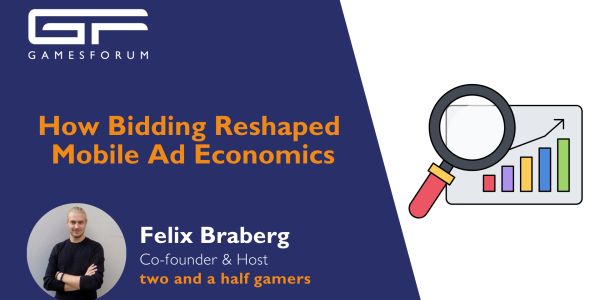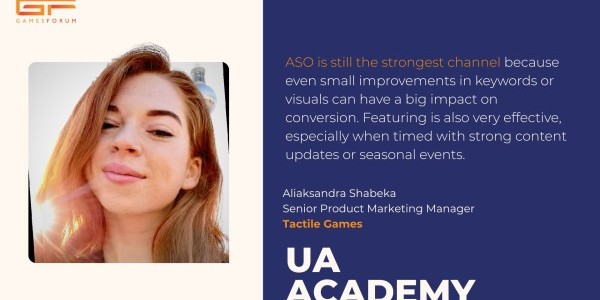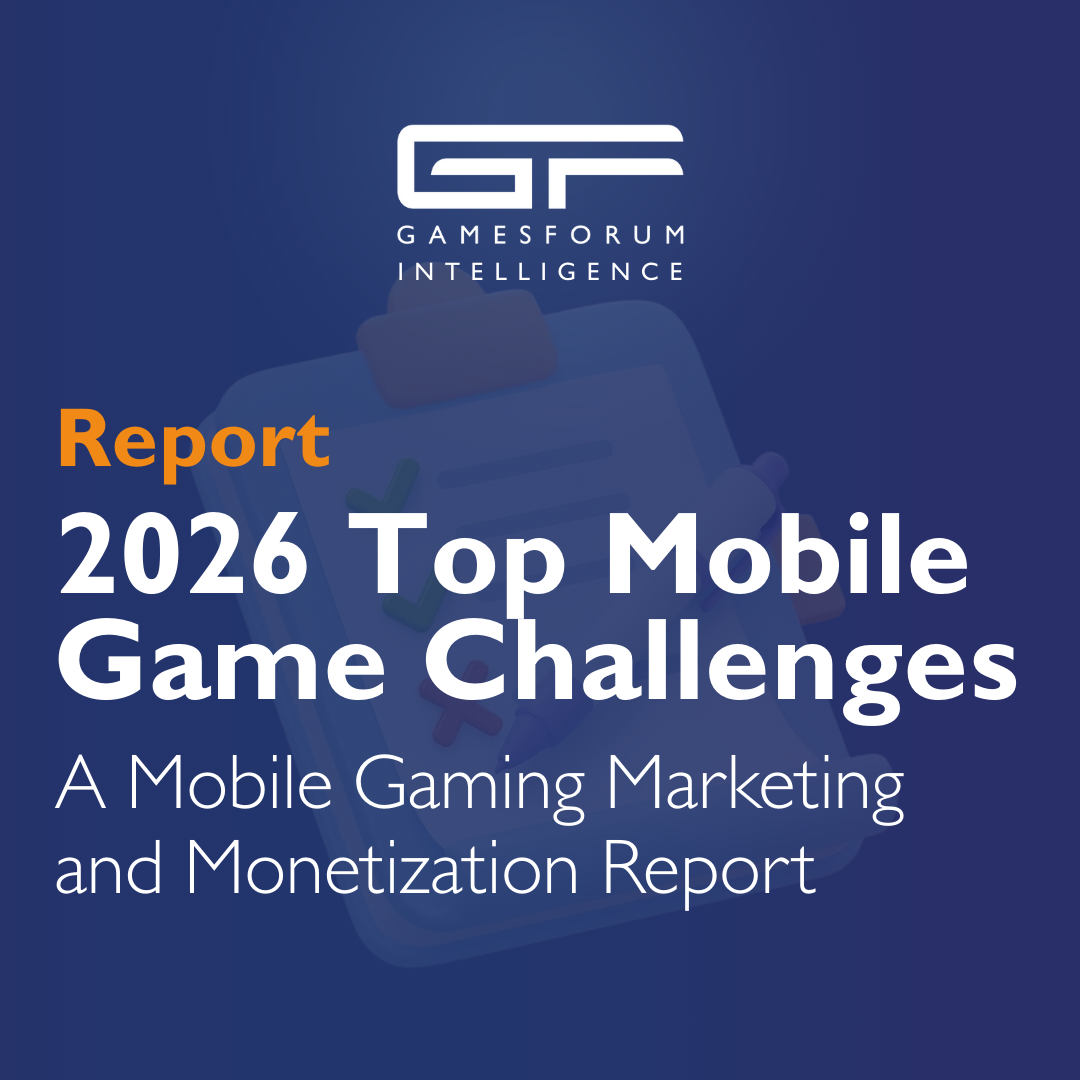Increase ARPU: Strategies for Publishers in Mobile Gaming

In-app advertising in mobile games has always been challenging as publishers must find the right balance between showing advertising and keeping their players happy. To seamlessly integrate ads into the user experience while also generating substantial revenue, publishers should consider the following tips.
1. Combine Location and Language Targeting
How to show relevant ads? It seems an easy task for location-based games, which empower advertisers to leverage hyper-targeted geo-marketing strategies, presenting their content to the right audience at the right moment, of course if allowed by user.
One such game is Landlord - Real Estate Game by Reality Games, Qt’s partner publisher. It operates on a virtual map based on the real world. The game operates using real-world locations, allowing players to buy, sell, and trade virtual properties based on actual addresses. Want to buy some Villa in Helsinki or send a property agent to check on Buckingham Palace price? No problem! Well, there is one: you must relocate your property agent first which would take a couple of hours. To speed up the agent you may want to watch an ad or two. And here comes the time of a targeted brand campaign.


The key advantage lies in the targeted brand campaigns that these games offer. Users face the choice between watching generic ads promoting e.g. other games, which occurs in the majority of cases, or engaging with ads tailored to their real-world location and other parameters tracked by publisher.
In the case to the left, the ad request sent from the app to ad server would typically include at least the geo location and the language user chose in a game. For me as a user it would be “Helsinki” and “Ukrainian”. For instance, an ad promoting Ukrainian Film Days in Finnkino cinema next week could make me buy the tickets immediately if targeted correctly.
2. Try Adding New Ad Formats
Rewarded video is the most preferred format among both in-game publishers and brands. This user-initiated ad format refrains from intrusive pop-ups, ensuring a non-disruptive experience for players. Publishers favor it as it brings the highest CPMs while not disrupting user experience, and advertisers appreciate the engagement rate, higher video completion rate, and higher viewability compared to other formats. In addition to the described use case above (to speed up processes), another effective placement/timing for rewarded ad is when player’s resources finish, or a player is so close to the winning. In-app store is quite popular placement too.
Interstitial is second by popularity in gaming as it appears naturally between the levels of the game.
Ads of gaming brands in games are also effective and the most engaging are Interactive or Playable ads, that are supported in both Rewarded and Interstitial formats. This is a format that provides a shortened version of a game designed to give users a taste of the full in-game experience. Playable ads are highly interactive and drive the highest CPMs for gaming apps.
Audio stream is an under-served audience in apps and games. It is ideal, e.g., for car driving simulators, when the player wants to switch on the radio while driving, or for casual games where game sounds may be substituted with songs. Moreover, if there’s a choice of favorite music, there’s a great chance of longer sessions. From classic and rewarded audio ads to special skins via in-app purchases and streaming promotion music, today publishers have a plethora of new non-standard monetization opportunities.
3. Think of Ads at the Stage of a Game Development
Designing the game with ad spaces in mind ensures they fit naturally within the game's layout, preventing a jarring or disruptive ad experience for players later. Implementing ad spaces strategically from the outset can result in a better balance between revenue generation and player engagement.
For apps built with Qt Design Studio the ad placement creation has never been simpler. With an intuitive drag-and-drop feature integrated into the game design phase, developers can seamlessly add and position ads in real time, streamlining the process of integrating advertisements into the game.

4. Check the Viewability
Sometimes publishers have a ridiculously high number of ad placements that doesn’t correlate with the impressions rate. That’s the signal to check the viewability. Just to remind, a viewable impression is counted when 50% of ad’s pixels are visible in the browser window for a continuous 1 second. If you see a rapid drop in your report, check with the development team as to which updates have been made on this specific day: maybe players can’t see the ad placement because it is hidden or impossible to open/scroll, etc.
5. Analyze Player Behavior
Let's say you have a mobile game with various in-app purchase options, such as power-ups, cosmetic items, and level boosts. By analyzing in-game interactions, chat logs, or player feedback, you can understand how different players engage with the game and what motivates their in-game actions.
Recently OpenAI introduced GPTs letting anyone create their own version of ChatGPT, and one of potential usage could be creating GPT models that would analyze player behavior and preferences based on in-game interactions, chats, or feedback. This analysis can help in understanding player motivations, which, in turn, can guide more targeted and effective monetization strategies. E.g., GPT models can process gameplay data to identify patterns such as which levels players spend more time on, what items they purchase most frequently, or which features are engaged with the most. Based on GPT analysis, you might decide to offer limited-time promotions specifically for that power-up or create targeted ads promoting its benefits during gameplay.
6. Gather 1st Party Data to Increase your Inventory Cost
Apple’s ATT framework, and New Google consent management requirements that come into force this month make first-party data collection and segmentation the main instrument for publishers to precisely address the right audiences.
With the limitations of users’ IDs usage to share data with programmatic bidders, publishers could use standardized taxonomies to communicate their first-party audience attributes, such as behavioral and interest-based data, or contextual data. Such mapping of 1st party data allows gaming apps to utilize their unique first-party data, such as user preferences, in the ad auction process. This enables buyers to target players based on specific audience segments, like gaming interests, age groups, or in-game behaviors, providing a more personalized and engaging experience for users.
For instance, users who frequently engage in in-app purchases, reach higher game levels, or prefer specific game genres are categorized accordingly. Advertisers looking to target these specific user segments can bid more competitively for personalized ad placements.
IAB standardized categories for audiences (IAB Audience Taxonomy) and content (IAB Content Taxonomy) provide common names for audience and contextual segments, making it easier to compare data across different providers. Make sure your ad server supports both and you’re prepared for the new era.
Whether you’re a startup or an experienced game developer and publisher, these strategies will help to create a win-win scenario: delivering relevant ads to users while optimizing revenue and player satisfaction. Feel free to ignite a conversation about your monetization strategy or pose any inquiries – reach out to Qt Digital Ads team today. Our team of experts stands ready to help and provide insights.
Written by Iryna Kostiuk, Business Development Lead, QT Group











